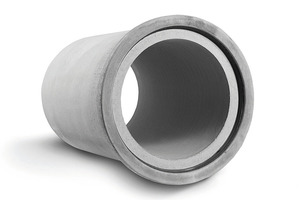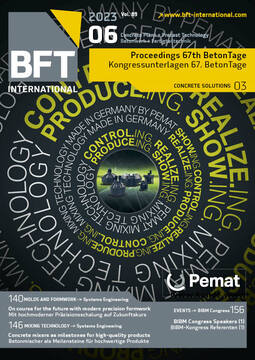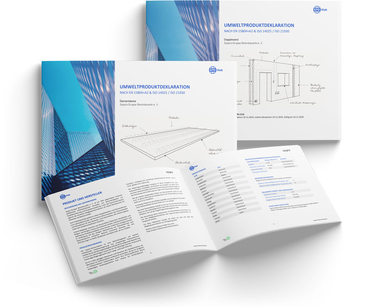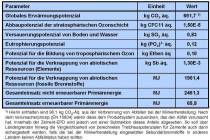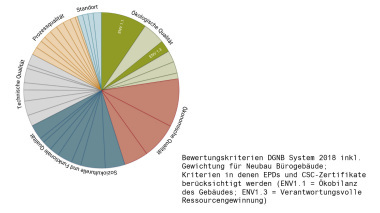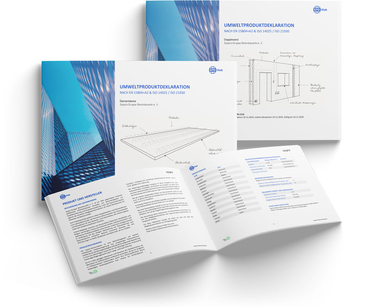Carbon footprint of precast concrete elements in underground construction – Presentation of a concrete association’s EPD
The number of environmental certification programs is enormous. All of them are focusing on supporting sustainable construction with the aid of a specific rating system. In addition to certifications such as DGNB and Breeam, programs like Cradle to Cradle pursue a sustainable circular economy or the CSC Certification even an assessment specifically meant for concrete starting from the supply chain, to the management and diverse processes through to the product. All programs have the intention in common to specify environmental impacts in a transparent and measurable way.
In this regard, an important measure for environmental impacts in the course of the climate change is the carbon footprint that can be used for measuring the emission of greenhouse gases. The so-called “kg/CO2 equivalents” are used as a unit of measurement to allow a comparison of different greenhouse gases, that is to say environmental impacts converted to the gas that is found in the air in the greatest proportion in terms of its concentration.
Regardless of the benefits, the costs and the effort spent for participating in the above-mentioned certification programs, a product-related identification of environmental impacts should be used as the basis of all activities related to the environment of every company. This can be made by means of the so-called EPD (Environmental Product Declaration).
Essential environmental impacts and energy demands can be quantified with the aid of an EPD and verified by external evaluations additionally. The result is a product-related footprint calculated through the phases of the life cycle, starting from the raw material extraction, to the production, the supply, the installation, the operation phase through to recycling and/or reuse.
Using the publication of an association’s EPD developed for pipes and manholes made of concrete and reinforced concrete as an example, the process from the idea to the development through to the presentation of results will be demonstrated.

